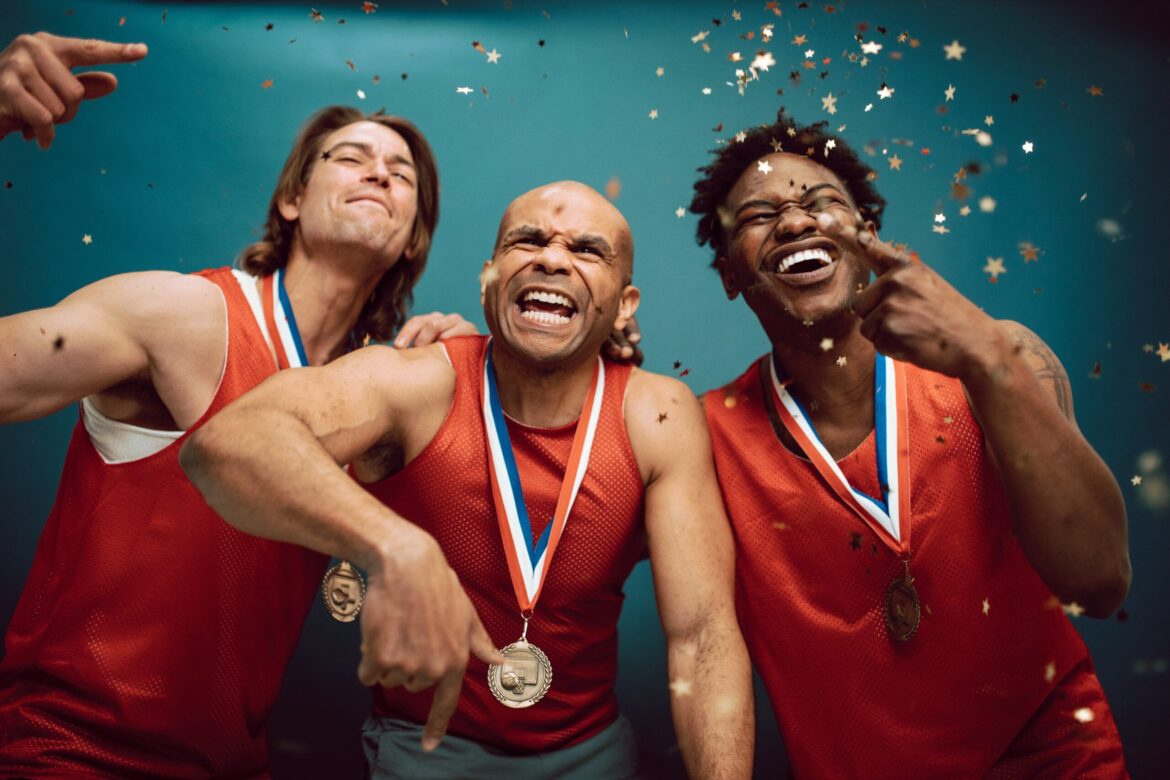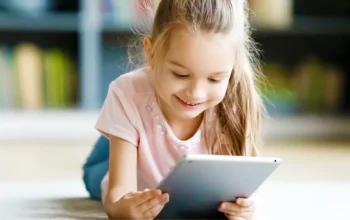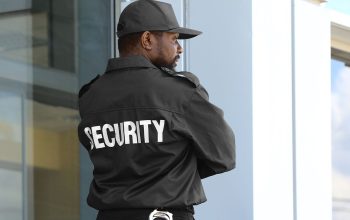For athletes, coaches, and students alike, international sports education presents a priceless chance for interaction with many cultures. Sports cross boundaries in a world growing more global to promote world collaboration, understanding, and competitiveness. Still, including several cultural points of view into sports teaching might be difficult. Through customizing sports courses and training approaches to fit different cultures, institutions, and teachers, sport international school sportsmen from all backgrounds can be more inclusive, respectful, and united.
Knowledge of Cultural Variations
Realizing the great cultural disparities that exist is the first step toward adjusting to many cultures in international sports education. Training techniques, communication approaches, and the view of competition and success are among the several elements of sports that culture affects. For example, whereas some societies stress personal success and accomplishment, others stress group effort and cooperation. Likewise, methods of discipline, authority, and respect could vary greatly depending on the society. Developing an inclusive atmosphere that promotes respect and mutual understanding depends on an awareness of these variances.
Including Cultural Sensitivity into Athletics Programs
Sports programs must incorporate cultural sensitivity if we are to make sure athletes from many backgrounds feel appreciated and valued. Including culturally relevant training activities helps one to do this by means of modifying coaching strategies to fit the tastes of athletes from different backgrounds. Training in cultural awareness can help coaches and teachers to better grasp and handle the particular demands of their students. Curricula should also be made to honor cultural variety, maybe by featuring world sporting events or encouraging cross-cultural interaction programs.

Changing Approach of Communication
Any good sports education program is based on effective communication, yet different societies have somewhat different communication styles. While in certain societies direct and assertive speech may be seen as a sign of leadership and confidence, in others it could be regarded as unpleasant or disrespectful. Teachers and coaches must modify their approaches to foster an environment in which athletes from many backgrounds may flourish. This covers knowing the background of many communication techniques, learning to identify nonverbal signals, and making sure directions are polite and clear. Furthermore, adopting multilingual materials or interpreters will help to overcome any linguistic obstacles.
Advocating Equity and Fairness
In sports education, equity refers to giving every athlete, from different backgrounds similar chances. This entails eliminating any prejudices in training courses so that athletes from many backgrounds have equal access to resources and chances. Coaches should be aware of unconscious prejudices that would influence their views of athletes depending on their cultural background. Encouragement of equity in sports education helps to establish a level playing field whereby every athlete, from different backgrounds, has equal opportunity to achieve.
Fostering an inclusive and effective environment for athletes depends on international sports education’s adaptation to many civilizations. Teachers and coaches should make sure that sports education at a sport international school is a place where athletes from all backgrounds can flourish by knowing cultural differences, including cultural sensitivity, changing their approach of instruction, supporting inclusivity, and so advancing equity. Navigating cultural variances in sports not only enhances the experience for players but also fosters more understanding and unity among world populations.




